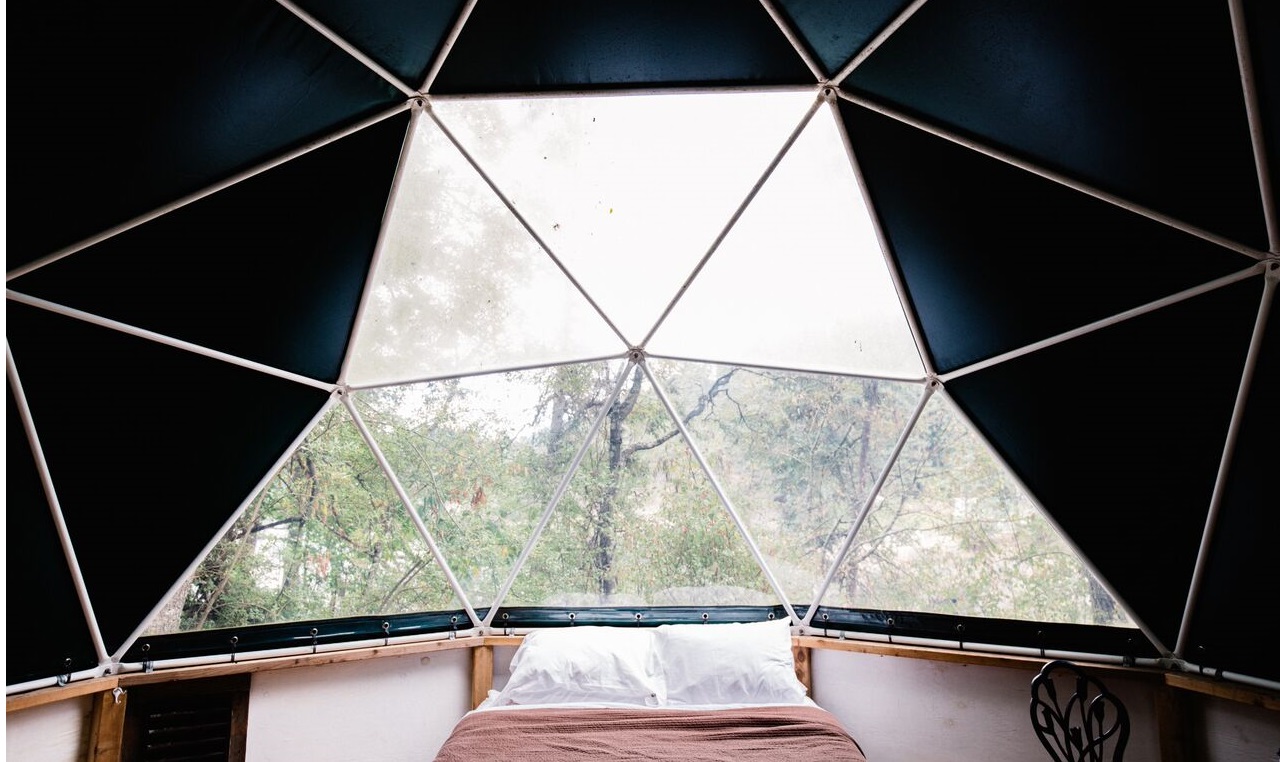British Columbia has a lot more in common with its American neighbour than most people realize. Southeast of Vancouver Island and BC’s Southern Gulf Islands are Washington's San Juan Islands – a sustainable island destination that has a commitment to its life on land and life in the sea.
An imaginary line that separates Canada and the United States makes the San Juan Islands feel like a world away. In fact, it’s not uncommon to find Vancouver Island residents who have never been to the San Juan’s (despite them being visible from Victoria and closer to Victoria than Vancouver is). Here we find an island for every type of adventure traveller and for every way of getting around. Whether it’s on two wheels or four – with one paddle or two – there’s an island for the biker, road tripper, and single or tandem kayaker. The San Juans breathe a laid-back island life with a unique twist of grassroots entrepreneurship that stems from respect for the environment while each island surprises you with something a little different than the last.
Getting to the San Juans
 Stephanie Forrer
Stephanie Forrer
Getting to the San Juans can be done with or without a car. Kenmore Air has daily seaplane services from Seattle, and Washington State Ferries has frequent daily services from Anacortes which is about one hour south of the border. At the time of writing, the service from Sidney on Vancouver Island to the San Juans had been temporarily suspended due to staff shortages.
Sustainable travel
 San Juan Islands Visitors Bureau
San Juan Islands Visitors Bureau
As with all adventures, we want to ensure we practice safe, responsible and sustainable travel – especially in fragile environments like the San Juans. Love It Like A Local provides an abundance of resources to see the best of the San Juans with the least amount of impact. And when it’s time to hit the water in a motorized vessel or a non-motorized vessel, Friends of the San Juans has responsible boating guides and local regulations (which are slightly different from those in British Columbia).
Of the 172 named islands, there are three “big” islands to call basecamp for exploring: Orcas, Lopez, and San Juan Island.
Orcas Island
 (1) Orcas Island Winery / Dana Halfery; (2) Doe Bay Resort & Retreat; (3) Kayaking / Dana Halfery; (4) Catkin Cafe [closed] / Dana Halfery
(1) Orcas Island Winery / Dana Halfery; (2) Doe Bay Resort & Retreat; (3) Kayaking / Dana Halfery; (4) Catkin Cafe [closed] / Dana Halfery
If being at eye-level in the sea while paddling amongst wildlife like seals, otters, eagles, and sometimes whales is your speed, then Orcas Island is the place for you. This island is known best as the sea kayakers island and the best place to embark on trips in single or tandem kayaks. If you’re experienced, take a self-guided expedition or have a local expert take you from Shearwater Kayak Adventures. For a stay that reflects the natural beauty and energy of Orcas Island, try the eco-friendly Doe Bay Resort & Retreat for both accommodations and their locally-sourced cafe. And after exploring Moran State Park – settle in for more organic community-based cuisine at The Kitchen.
Lopez Island
 (1) Dana Halfery; (2) Shark Reef Santuary; R. Harrison; (3) The Edenwild; Stefanie Forrer; (4) Cooking workshop at Skarpari; Jonny Bierman
(1) Dana Halfery; (2) Shark Reef Santuary; R. Harrison; (3) The Edenwild; Stefanie Forrer; (4) Cooking workshop at Skarpari; Jonny Bierman
Home to friendly motorists who give waves of salutations while biking the traffic-calmed roads – Lopez Island is true island life. It’s calm, quiet, and easy to get around. You won’t find any traffic lights or highways here – but you will find quiet beaches, parks, and roads for biking. A scenic ride to Shark Reef Sanctuary (an oddly named park for a place that has no sharks) offers water and forest views with a chance for beachside pitstops (don’t forget to bring a cold one from Lopez Island Brewing). When it comes to creative island entrepreneurship, there’s no better example of this than at Skarpari. They do everything from roasting their own organic coffee to handmade custom knives and cooking workshops alongside the beautiful Edenwild Boutique Inn; a great place to call home while exploring Lopez. Ask the owner of Skarpari ahead of booking to organize an afternoon of crabbing from his boat, a kelp cooking workshop, or even snorkelling. The owners of both these businesses reflect the warmest island hospitality around.
San Juan Island
 (1) View from Cannery Inn; (2) San Juan Brewing; Jonny Bierman; (3) Friday Harbour House; Stefanie Forrer; (4) Dana Halfery
(1) View from Cannery Inn; (2) San Juan Brewing; Jonny Bierman; (3) Friday Harbour House; Stefanie Forrer; (4) Dana Halfery
The largest island in the San Juans and the one that is packed full of history, parks, and scenic drives is San Juan Island itself. It's ground zero for the conflict that almost caused an all-out war between the American and British over who owned the islands (don’t worry, the only casualty was an innocent pig that was in the wrong place at the wrong time). The resulting outposts that housed the disputing militaries are now national historic sites which can be explored at the San Juan Island National Historic Camps of American Camp and English Camp. San Juan Island is big in comparison to the others, so a car is necessary to explore these historic sites, parks, and the many wineries, cideries, and artisan farms. Island 123 West on the water in the town of Friday Harbor is a sustainable and chic hotel that is conveniently located within walking distance to the ferry terminal, The Whale Museum, and must-try sips and bites at San Juan Island Brewing Company, Madrone Cellar & Ciders, Everelse Tasting Lounge, Wine Bar & Shoppe and Mike’s Cafe & Wine Bar.


